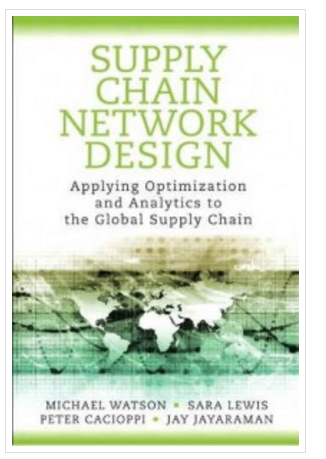Simple Models to Solve Complex Fast Delivery Problems
When we wrote the book Supply Chain Network Design, we intentionally started with a very simple model to help people build intuition on how the math works. This simple model optimized the location of facilities to minimize the distance to the customers. This model did not consider costs, capacities, multiple products, or even the inbound source.
But, we stressed in the book (and to the clients we work with) that this model can solve many problems. If you are trying to locate your warehouses to provide the best possible service time, this is the model you want to use. If service time is your top priority, adding costs, capacities, and multiple products to the model will not help you find better locations.
That is, minimizing the distance to the customers is sometimes all you need to consider to determine good locations for your warehouses. For example, Amazon spoke at CSCMP about their new 1-hour service in Manhattan. When they located this facility, I’m sure they wanted the warehouse to be in the best location to reach their customers in an hour. (They picked a site across the street from the Empire State Building.) They would not have wanted to add warehousing and inbound transportation costs to the model and have the model come back and suggest a cheaper place in New Jersey.
Final Thoughts | ||||||||||
Although the model that considers only distance is simple, your analysis still requires work. You will still need to run multiple scenarios to consider different alternatives. And, you will want to also test different scenarios for minimizing the average distance (which will increase your overall average delivery speed) and maximizing the customers within a certain time band—maximizing the customers within a 1-hour distance or within a 2-day delivery. This latter definition of service can provide a larger service territory, but with, on average, slower deliveries.
| ||||||||||
Wednesday, December 2, 2015
Subscribe to:
Post Comments (Atom)

No comments:
Post a Comment